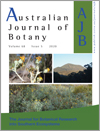
Australian Journal of Botany
Volume 68 Number 5 2020
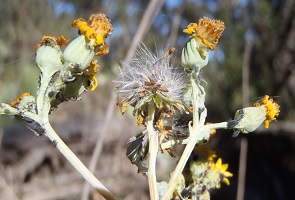
Propagule geometry, settling velocity and dispersal potential for two range-restricted native Senecio are contrasted with five taxa occupying wider distributional ranges (four native, one introduced). Variable differences in morphology and settling velocity were found, and although useful dispersal potential alone does not fully explain distributional differences for range-restricted taxa.
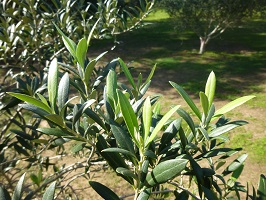
Australian gardeners would be familiar with the intermittent flushes of new growth on many evergreen trees. Why the trees grow in this way is poorly understood. Here we look at the underlying physiology that controls the flushing process.
BT19124Importance of phenolics in populations of Teucrium chamaedrys (Lamiaceae) from serpentine soils
 , Zhenya Yordanova, Dolja Pavlova, Mariya Rogova, Milena Dimitrova, Daniela Dragolova, Elena Tasheva-Terzieva and Veneta Kapchina-Toteva
, Zhenya Yordanova, Dolja Pavlova, Mariya Rogova, Milena Dimitrova, Daniela Dragolova, Elena Tasheva-Terzieva and Veneta Kapchina-Toteva
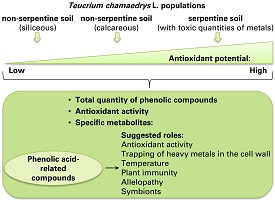
Serpentine soils contain heavy metals and elevate plant bioactivity including accumulation of phenolic compounds. Comparison between Teucrium chamaedrys populations revealed high antioxidant potential upon growth on serpentine and calcareous localities compared with siliceous ones, and involvement of phenolic acids. It is suggested that these compounds help the plant to cope with oxidative stress, for trapping heavy metals, as well as in mutual and concurrent relations with other organisms.
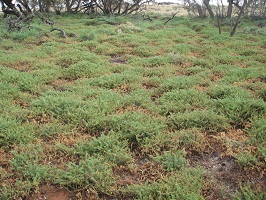
Psilocaulon granulicaule is listed as a highly invasive environmental weed species there has been no previous research into its seed ecology. This study showed that this species is sensitive to environmental factors such as temperature, light, pH, moisture, heat shock and salinity, suggesting that these factors can be used as critical indicators to guide effective management practices to address this weed problem.
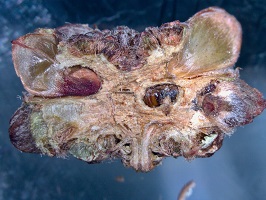
Invertebrate-induced galls are common in Australian plants, particularly in eucalypts and wattles, but also in sheoaks. A new kind of gall was found in cones of bull oak (Allocasuarina luehmannii) and belah (Casuarina pauper) in southern NSW. The galled tissue, with up to three larval chambers, was in the centre of cones that were not obviously infested. The inducing insect appears to be a small (~2 mm), plant-feeding wasp.
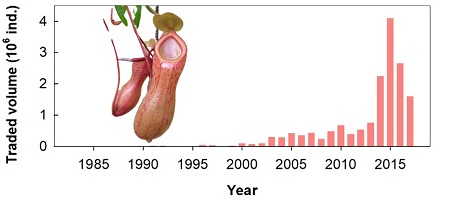
International trade in Old World pitcher plants was analysed for 1983–2017. Volume and the numbers of both species and importers are rapidly growing. Artificially propagated plants prevailed, wild-collected plants accounted for 0.09%. Traded volume was dominated by hybrids and Nepenthes spp. Sri Lanka is a hotspot, exporting the highest volume and number of species.
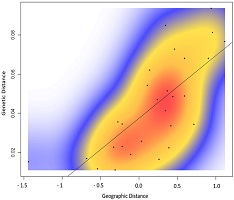
This study compared the population structure and dispersal patterns of two plants (tangled lignum and river cooba), with contrasting life-history traits and distributions across an inland floodplain. Sites that were closer and that connected via-floodwater more frequently were genetically more similar in tangled lignum but not in river cooba. The distribution of river cooba along rivers may facilitate regular dispersal of seeds regardless of river level, while tangled lignum relies on flooding to facilitate dispersal and connection between patches.



